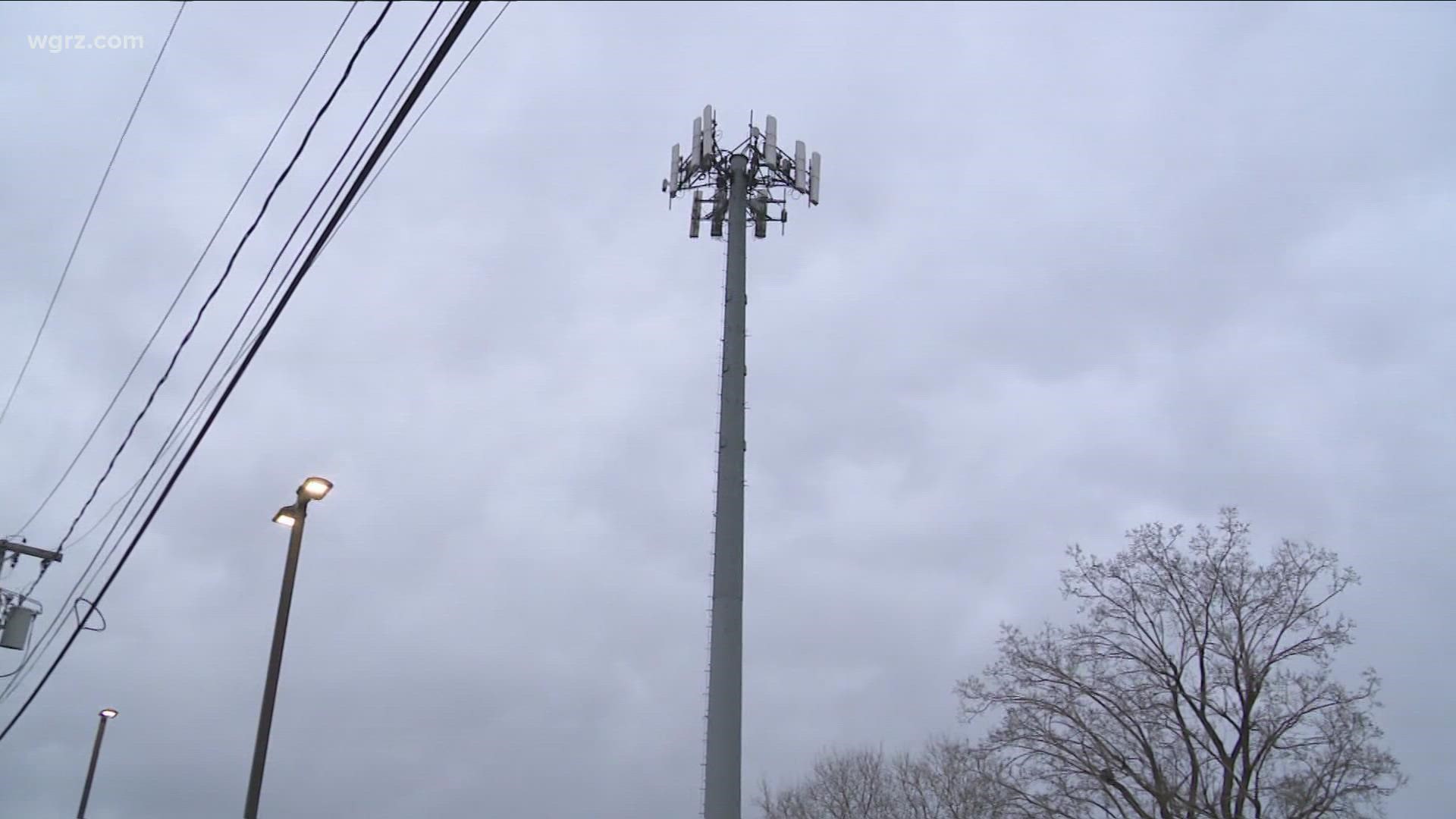BUFFALO, N.Y. — While it only represents 0.46% of the overall $216B state budget, the initiatives laid out in Part MMM are significant for future broadband developments in the Empire State.
"This bill, which is part of the budget has been my baby," said Senator Sean Ryan. "This is the rules of the road for building out our broadband network."
The federal government has dedicated a minimum of $1B to New York State for broadband-related initiatives. The budget lays out the following:
- A Division of Broadband Access within Empire State Development
- A Broadband Access Advisory Committee
- Governor Hochul may appoint 4 members
- Speaker of the Assembly appoints 1 member
- President of the Senate appoints 1 member
- Remaining 10 members will be various department commissioners
- ConnectALL Deployment Program to provide the necessary grants for unserved and underserved broadband areas in the state.
- ConnectAll Municipal Assistance Program provides grants to municipalities to construct community/municipal broadband systems.
- ConnectAll Innovation Grant Program will provide grants to those developing, piloting, and deploying innovative models and technology for broadband delivery.
A separate portion of the state budget also removes the so-called broadband tax implemented by the Department of Transportation. Multiple WNY lawmakers have been calling for the DOT to revoke this fee as service providers have claimed publicly that it's stifling broadband deployment, particularly in rural areas.
"We're really trying to make it so as we do this large broadband build-out that we do it right," Senator Ryan said.
The initiatives created in this budget allow New York to make significant progress on a national level, according to Sean Gonsalves from the Institute for Local Self Reliance.
"From a community broadband perspective, or municipal broadband perspective, as folks are a little bit more familiar with that term, New York's is looking pretty good," said Gonsalves. "Certainly New York is one of the leading states in terms of making a sizable investment in a very serious way with this budget bill.
Gonsalves says that the municipal broadband grant program could have the greatest impact in the long run.
"Essentially what this bill does is creates a municipal broadband ecosystem," Gonsalves said. "It also gave permanent authority for the New York Power Authority to use its extra fiber lines."
NYPA has approximately 1,400 miles of fiber lines throughout the state. The WIRED Broadband Act, as it's officially called, will allow NYPA to lease access to those lines to local municipalities.
"The reason why that's significant is that by creating an extensive middle mile network, you're lowering the cost for municipal broadband networks," Gonsalves said.
It's unclear if the proposed ErieNET and Jamestown municipal broadband programs will take advantage of lines already in place and owned by NYPA. It's also too soon to know if they'll receive additional grants from the ConnectAll program to further add to American Rescue Plan funds those communities have received.
The so-called open arms approach in regards to municipal broadband deployment is a significant change in state policy.
"It's a big shift," Senator Ryan says. "Under the Cuomo administration, he tried to stymie any effort for municipalities to create their own systems.
Ryan says Governor Hochul's stance on municipal broadband systems is vastly different from her predecessor.
"Governor Hochul realizes that we're not going to be able to do it with the private sector alone," Ryan said. "We're no longer looking at those things as adversaries that we should fight against."
Former governor Andrew Cuomo spearheaded the so-called "New NY Broadband Program" in 2015. 2 On Your Side has covered that project extensively.
Cuomo dedicated $500M from the state, with an additional $146M from federal programs to connect all of New York. The project was supposed to be completed in 2018.
For years state officials, including Governor Hochul, said the project resulted in 98% of New Yorkers gaining access.
The project, specifically in the southern tier of western New York, remains incomplete as of this report.
"Almost every urban area has 30 to 40% of the people who are not connected to broadband," said Senator Ryan. "We have rural areas that just have no way to hook up."
Additionally, the Public Service Commission is slated to release a broadband map later this spring. The goal of which is to provide the most accurate information as to who has access and who doesn't.
Regardless of previous investments by the state, the 2023 state budget puts New York on a path to take advantage of a generational opportunity to connect residents, according to Gonsalves.
"I can all but guarantee that this type of federal funds for broadband will probably not, we probably won't see again in our lifetime," he said.

